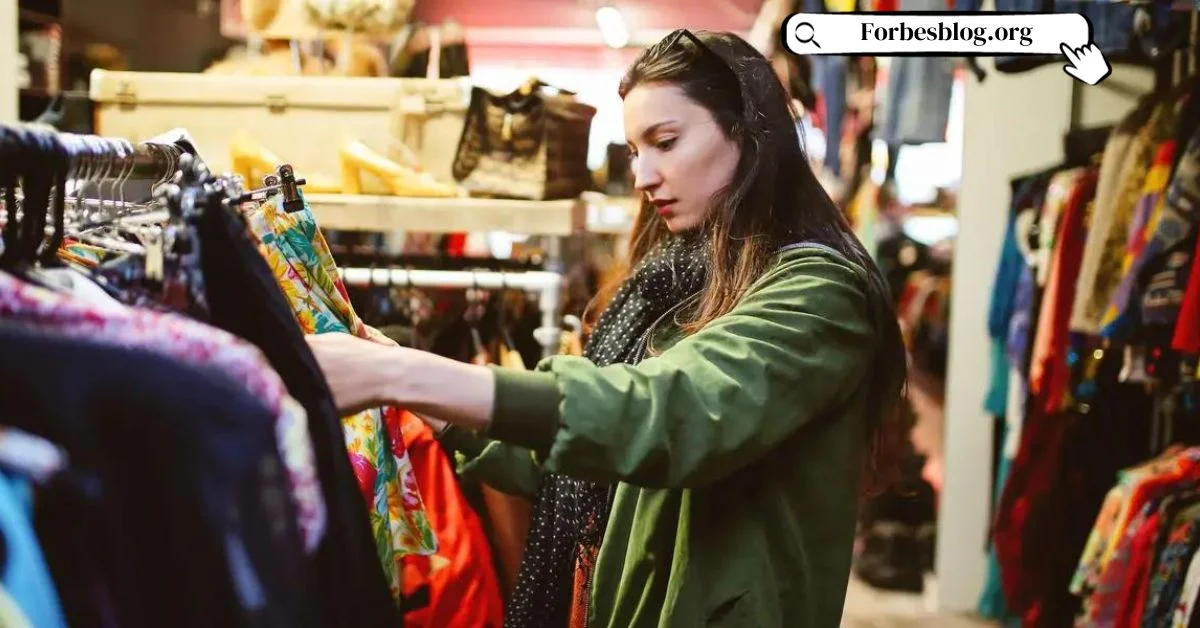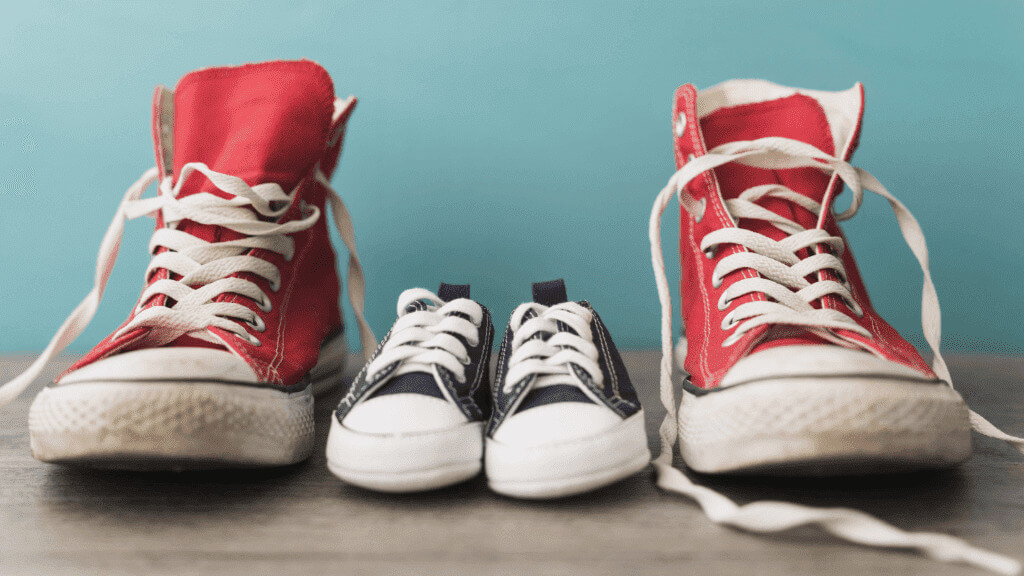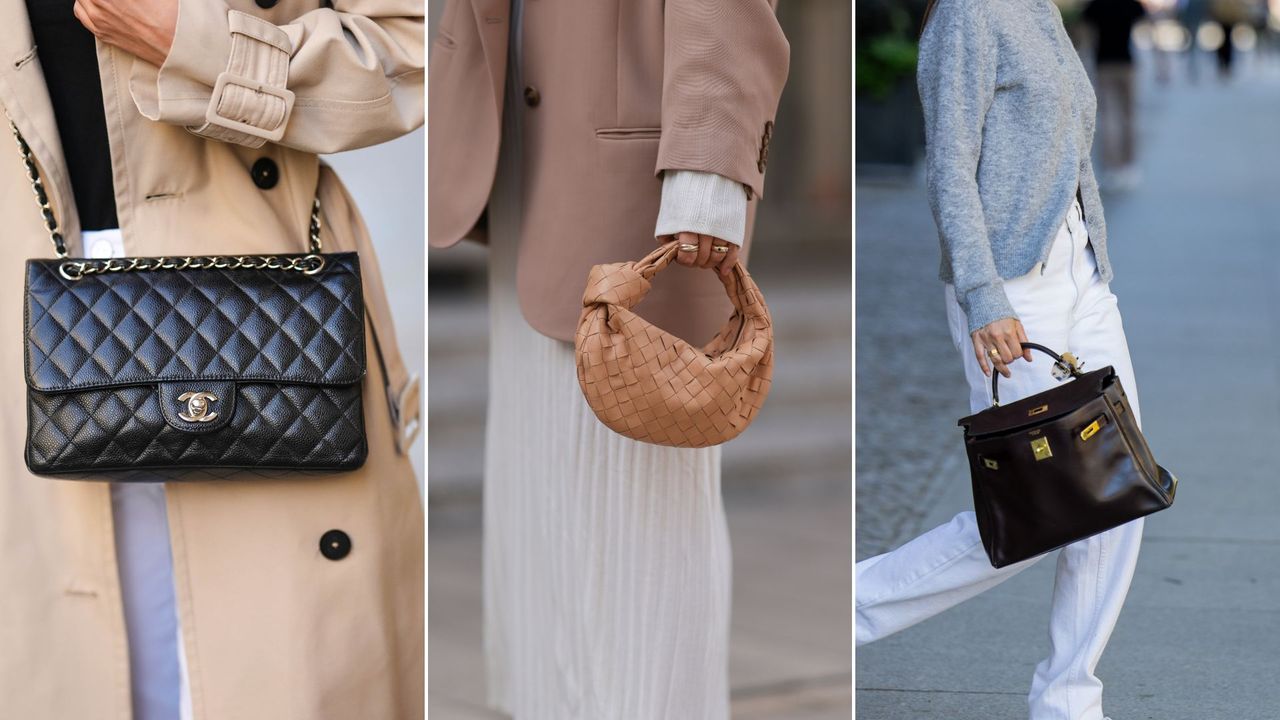Thrift stores are designed to re-sell, repurpose, and re-brand merchandise. Thrift stores pop up all across the country, and, like the items they sell, they come in all shapes and sizes. Although thrift stores in West Hollywood may bear little resemblance to thrift stores found in Austin, Miami Beach, or Green Bay – they share one common business theme – they re-sell pre-owned items to new owners.
A thrift store offers consumers a way to be thrifty – the opportunity to use money and assets cautiously and without waste. In other words, shopping in a thrift shop helps you save money and find pre-owned treasures, made with pride and built to last.
Thrift stores, which re-sell just about anything, continue to grow in popularity. Many thrift stores now offer an online digital presence to consumers worldwide.
Table of Contents
Thrift Stores Gained Popularity in the Late 1800s.
To some, it seems that thrift store shopping has always been a way to search for interesting or exciting finds and great bargains while helping to protect a fragile environment. However, thrift stores were not always a trendy or fashionable way to shop.
The earliest thrift store days began as a way to fund charitable efforts created by the Salvation Army (1865), followed by Goodwill (1902), among others. Two decades later, when the depression hit and the demand for secondhand goods increased, thrift stores began to resemble their more modern versions.
The Generation That Does the Most Thrifting – Gen Z, Followed By Millennials.
Gen Z, defined as anyone born anytime between 1997 and 2012, is the generation most likely to enjoy the art of thrifting.
According to a 2021 ThredUP report, 45% of Gen Z and Millennials consumers are MORE likely to shop for a brand that offers secondhand and new clothing – rising 11 points from the previous year’s data. This jump in statistics is likely due to two primary factors –
- Gen Z and Millennials proactively choose to live and shop sustainability
- Since 2020, Gen Z has become the largest section of the population.
Thrift Shopping Reduces Waste
The EPA’s latest available report notes that nearly 17 million tons of textile products end up in landfills annually, an amount that has doubled over the past two decades. Textile waste accounts for more than 5% of the total annual landfill. And, because it can take more than a century for these textile products to decompose, thrift stores and their ecologically-minded shoppers can do their part in helping to reduce unnecessary waste.
Thrifting Shopping Helps Save Water & Reduce the Emissions of Carbons
Water is mandatory for all living things but is a limited resource. Florida State University issued a 2020 report noting that the fashion industry is the economic sector that uses the second most water in its processes – estimated to be nearly 80 billion cubic meters annually! The same year, the British Broadcasting Company (BBC) noted that the fashion industry is estimated to account for up to 10% of carbon emissions globally and almost 20% of industrial wastewater.
Here is an example to clarify the incredible benefits thrifting offers the environment, the planet, and consumers: To manufacture one pair of denim jeans, it is estimated that 10,000 liters of water are needed simply to grow the kilo of cotton that would be required to make the jean. By comparison, it would take one person more than a decade to consume 10,000 liters of water.
Water consumption and carbon emissions can be reduced by thrift store shopping because the demand for new clothing reduces the use of natural resources.
The Take-Away
In 2021 secondhand markets in the U.S. grew by 58%, its highest annual growth statistic over the previous five years. The good news for thrift shoppers (and the planet) is that studies suggest the United States’ secondhand market will double between 2021 and 2026, reaching $82 billion.
While not every West Hollywood thrift store is the same, thrift stores offer many and varied options for consumers who want to do their part in reducing their carbon footprint by reusing and repurposing secondhand goods.
Visit for more articles: forbesblog.org














